This Music Box Sparks My Curiosity to Create New STEAM Curriculum
Renshan Elementary School (Science Teacher)- Jing-Yi Chen
This Music Box Sparks My Curiosity to Create New STEAM Curriculum
Renshan Elementary School (Science Teacher)- Jing-Yi Chen
Hi everyone, I’m Jingyi Chen, the science teachers’ leader at Ren Shan Elementary School in Taoyuan City. As our school is a key institution for science education in Taoyuan City, I am responsible for the research and promotion of science curriculum.
The purchase of the Muro Box music box is primarily intended for educational purposes, exploring interdisciplinary curriculum integration. We aim to bridge the gap between natural science exploration of sound and the rhythmic and melodic aspects of art classes. The Muro Box, combining traditional industrial aesthetics with modern information technology, provides a promising curriculum design model.

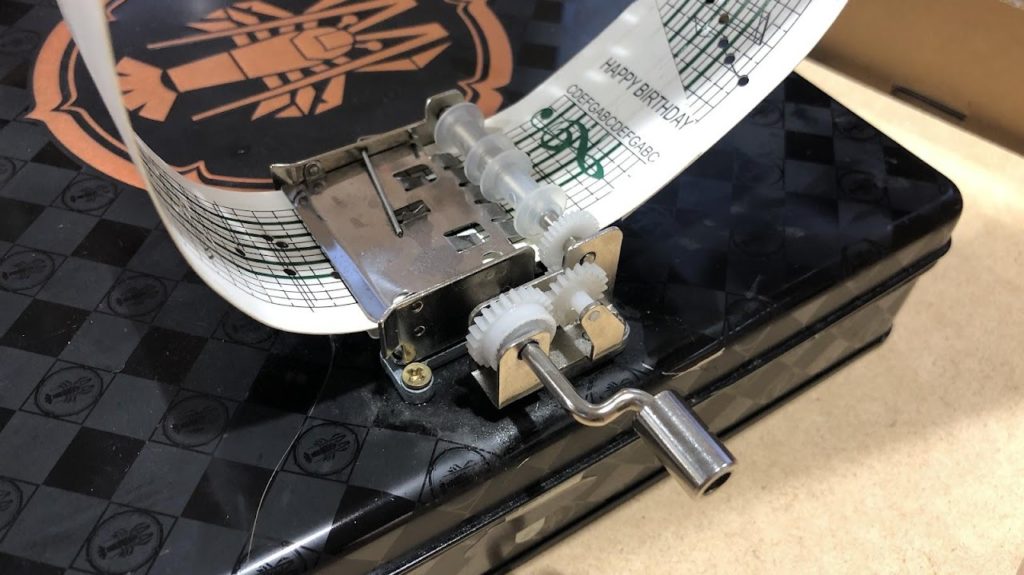
First Encounter with a Paper-Strip Music Box
In 2019, I was fortunate to visit a toy exhibition at Songshan Cultural and Creative Park, where I had my first encounter with a paper-strip music box.
As I turned the crank, watching the paper strip slowly being fed into the music box, and hearing the simultaneously generated beautiful tinkling metal sounds, I felt an indescribable emotion. I admired the craftsmanship and wisdom of those who came before us, turning this small mechanical device into a source of delightful sounds. The design of the paper strip allows for endless variations in the originally fixed melodies. I also wanted to try making my own paper strip and see how it works…
First Encounter with Muro Box
On a comfortable morning, as usual, I watch YouTube videos to accompany me during breakfast time. When the term “Smart Music Box” appeared on the screen, a sense of curiosity filled my heart. After clicking on it, a YouTuber called “不務正業” unboxed what was referred to as the “Smart Music Box” – Muro Box. As he took out the music box, its simple but aesthetic design caught my eye. When he activated the mechanism, and the music box started to play, the sound it produced was enchanting. Finally, he began digital composing, and wow! It replaced the laborious manual process of marking dots and punching holes with a puncher with just a simple tap of a finger! This innovative product was on the Zec-Zec crowdfunding site for the first time in 2018, and it seemed so special! A desire to own one instantly arose…
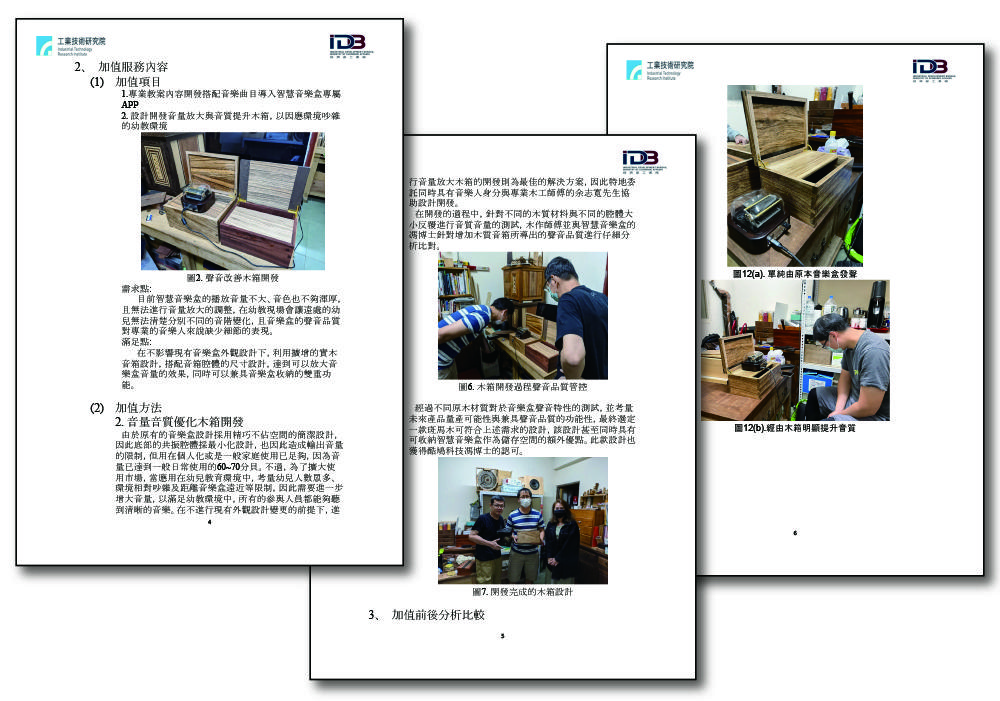
Later, in coordination with experimental teaching, I wrote a project proposal to apply for funds to purchase a set of Muro Box smart music boxes and its resonance box. I also read about the development team’s efforts and crowdfunding campaign’s updates online, feeling that this could be an excellent case for children to witness the process of product development.
Creating a Teaching Module
These experiences are crucial nutrients for a teacher like me who is full of imagination for teaching. When I held the hole puncher and pressed it onto the paper strip of the music box I purchased later, the excitement in my mind became even more vivid! Pushing the paper strip into the music box, as I delved more carefully into this mysterious little mechanism, I pondered on how it could be transformed into a teaching activity.
If I could be captivated by the music box, I believe students could be, too! However, we shouldn’t let students stop at amazement alone, asking, “So what?” So, I tried designing some activities as scaffolding. As the classic Chinese text “Three-Character Classic” says: “Gourds and clay, hide and leather, wood and stone, metal and jade, silk and bamboo are the eight sounds.” Perhaps letting students explore materials and tones from different sources, then focusing on the sound produced by metal (iron). Following that, using an xylophone and kalimba to help students perceive the correlation between the size of the sounding body and pitch.
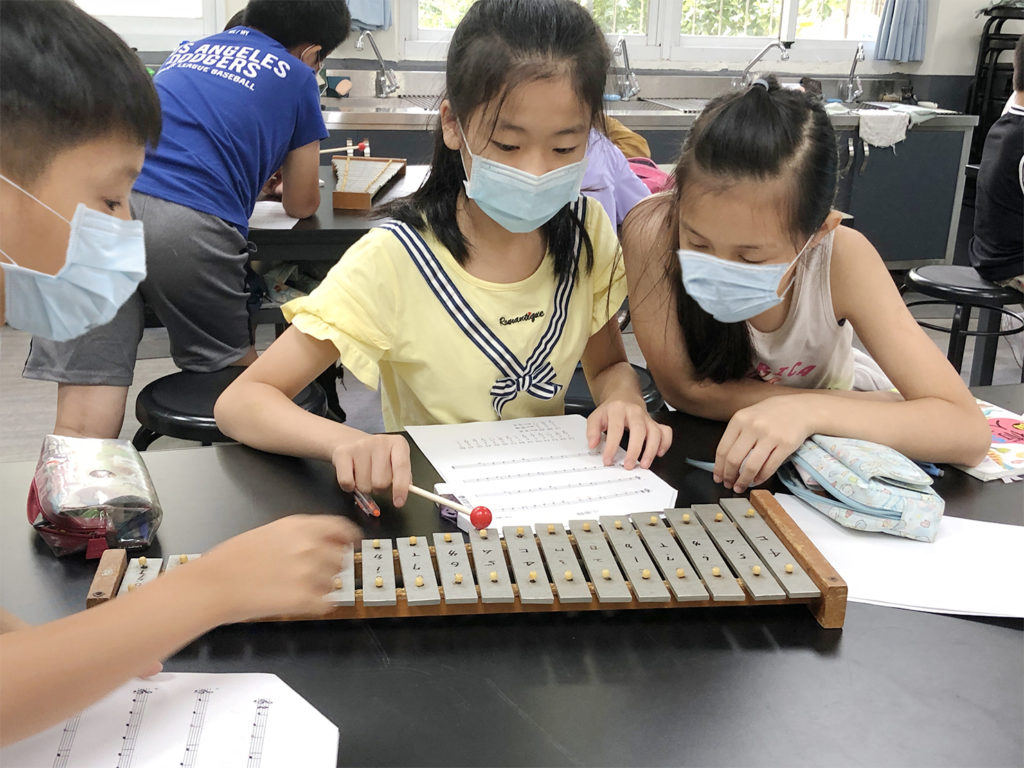

After students have a preliminary understanding of sound, I introduced the operation and observation of music boxes. Starting from the wind-up music box to the paper tape music box and then to the smart music box, I hope children not only experience the working principles of different types of music boxes, but also appreciate the potential for innovation and invention by working with existing components.
I collaborated with the Taoyuan City Summer Science Classroom Project, striving to implement these teaching ideas in the science camp. Together with Teacher Junming Chen, we prepared for the camp and put this teaching design into practice. Students ranging from the third to fifth grade participated in the camp, and from the look of the children’s facial expression, I confirmed that my initial intuition was correct – the children were curious and engaged. They exhibited clear and sharp sensory perception and their unlimited creativity!


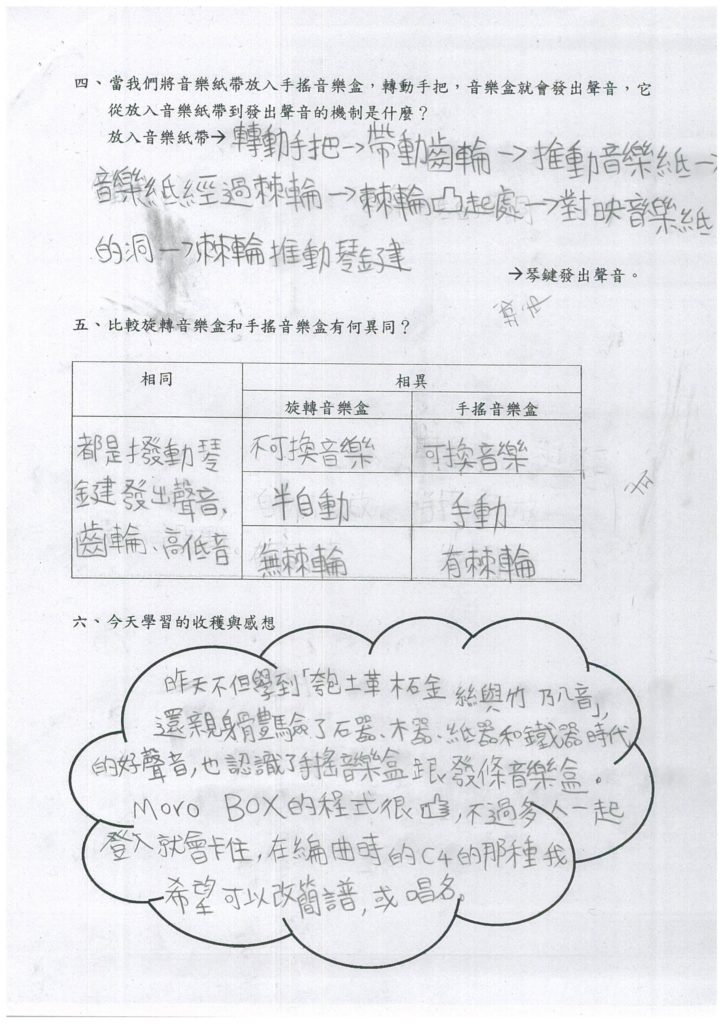






Camp Experience Energizes Natural Science Teaching
In November 2023, during the “Science Teacher Workshop”, I allowed teachers to experience the investigative process that children go through. The teachers observed wind-up music boxes, personally punched holes in paper tapes, played their own compositions, and finally, ventured into digital coding to activate Muro Box. The result was a piece of music titled “Ren Shan March,” which brought laughter to everyone!
By sharing the experience of developing this curriculum with the teachers, I hope they can also try to find materials in their lives that can move them. Attempting to connect these materials and adding the necessary scaffolding can make the learning context clearer. Like a music box, if it’s just a music box, children gain little understanding like just having one dot. If we can link some coherent activities, it allows children to achieve conceptual construction like connecting the dots to form a net. I hope that our students, in addition to learning scientific knowledge, can also cultivate the ability to research.
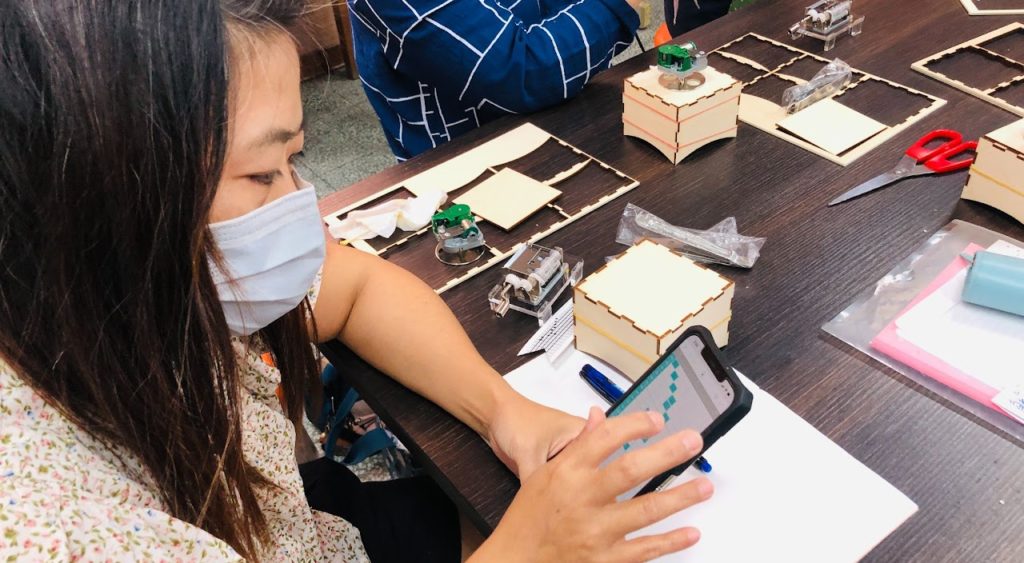
Teacher Chen’s Selected PowerPoint Presentation













The above lesson plan content is the property of Teacher Chen and is provided for preview only.